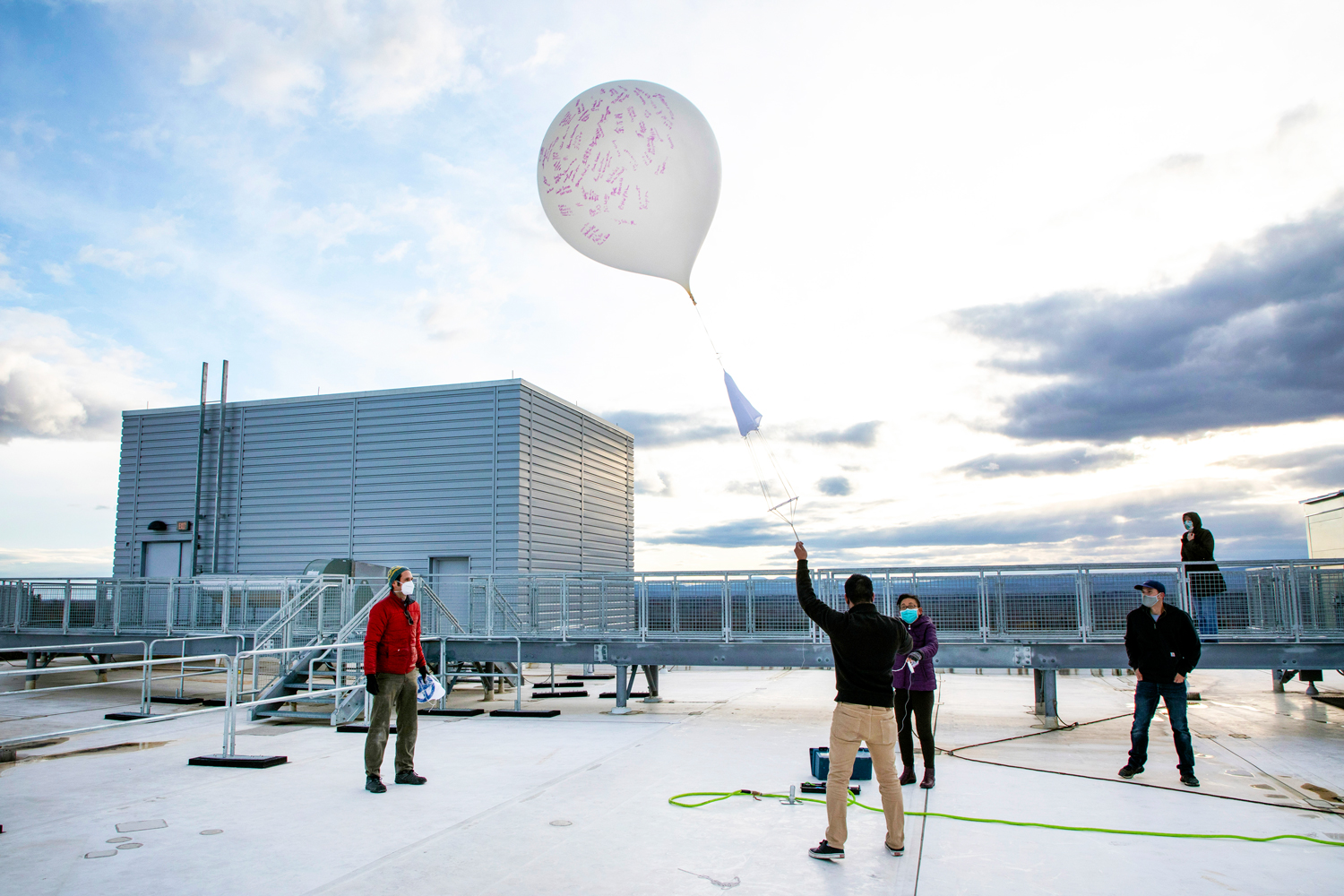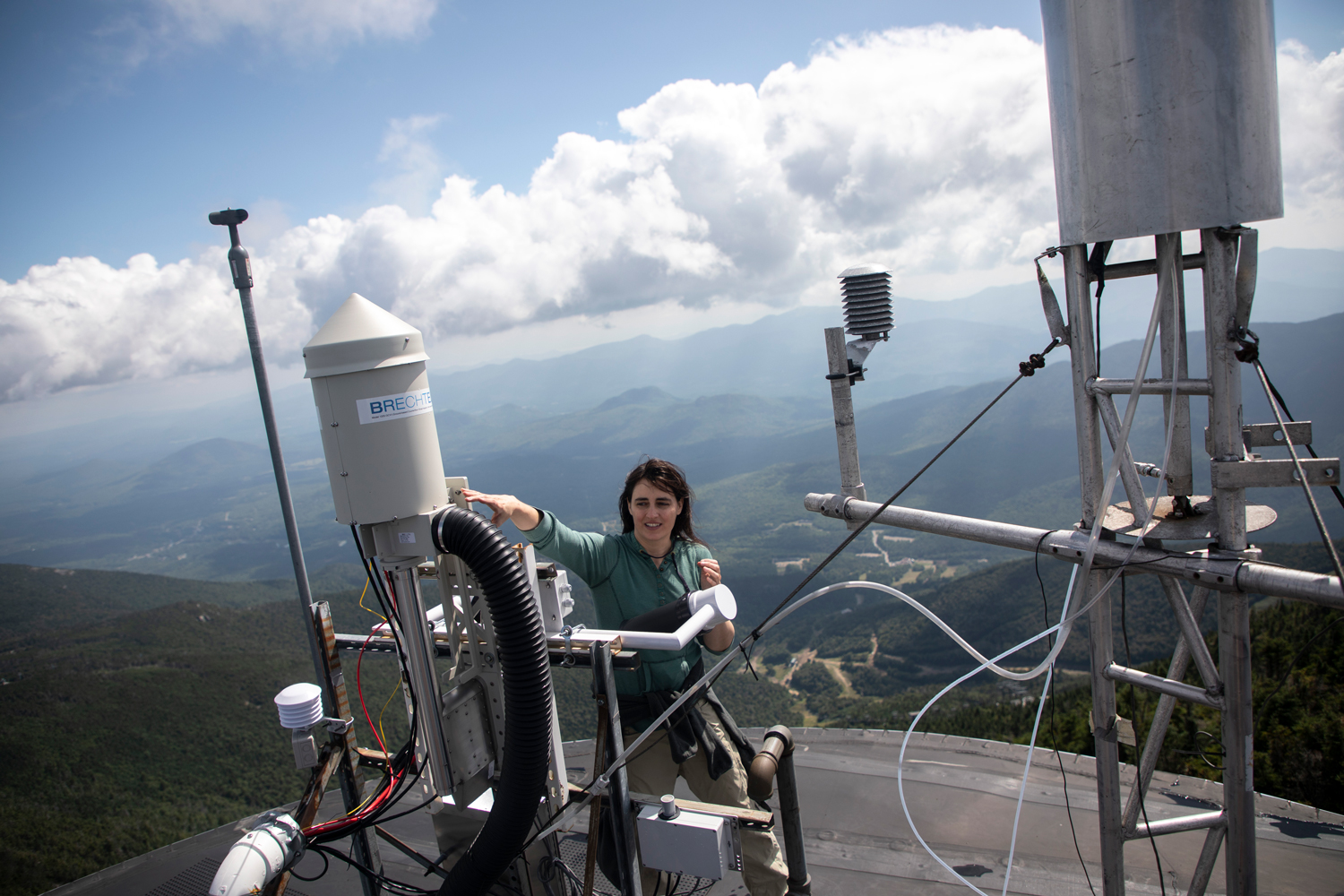Deadlines
- Fall: Rolling
- Spring: November 1
- Summer: Not Available
There is no departmental assistantship consideration for this program.
Required Application Materials
- Transcripts from all schools attended
- Three letters of recommendation
- Statement of goals
Applications for the Fall term received by January 5 will receive priority consideration.
Degree Requirements
In addition to the general University at Albany requirements for admission to graduate study, an applicant's undergraduate preparation should include:
- BS in Atmospheric Science/Meteorology/Climate Science OR
- BS in a related field with a minor and/or specialization/concentration in Atmospheric Science
Note: GRE scores are not required when applying for admission to the MS Applied Atmospheric Science program.
Available information for International Applicants.
Application Review Process
The Atmospheric Science department’s Graduate Recruitment Committee will evaluate and rank each applicant on a holistic view (academic preparation; alignment with the program; diversity, equity and inclusiveness; self-appraisal and areas of personal growth) based on all submitted documents, such as GPA, grades for key courses, recommendations, personal statement, research experiences, any publications and supplemental materials. In addition, there may be an interview by faculty members if they have a specific interest in your application.
For questions about the application review process, contact Paul Roundy at [email protected].
Tips for Writing Your Goals Statement
A goals statement explains why you’re applying to the program and what makes you a strong applicant. A personal statement allows you to differentiate yourself by sharing a little bit about what makes you unique. It should include a brief description of your field of interest, related background, desired area of study and research emphasis/career goals.
If you feel that any aspect of your past that is included in your application could be unfavorable to your admission (for example, a poor undergraduate GPA), you should also discuss this problem area and how you have addressed it. This is also an opportunity for you to make a statement about a critical self-appraisal and your personal growth. For example, you may write about how you overcame hurdles and obstacles in the past, and what you have learned from those experiences about yourself. Or you may want to tell us more about your plans or ideas how to be aware of and better respond to challenging situations in your life as a graduate student.
Please include additional information in support of your application or anything that puts your application in a broader context. For example, we are actively working to increase equity, diversity, and inclusion from underrepresented and marginalized groups in our department. You are welcome to discuss how you can enhance Diversity, Equity, Inclusion Potentials to our graduate program.
Special Notes
This program requires an internship, field experience, study abroad component or clinical experience requirement. Students who have previously been convicted of a felony are advised that their prior criminal history may impede their ability to complete the requirements of certain academic programs and/or to meet licensure requirements for certain professions. If you have concerns about this matter, please contact the Dean’s Office of your intended academic program.





